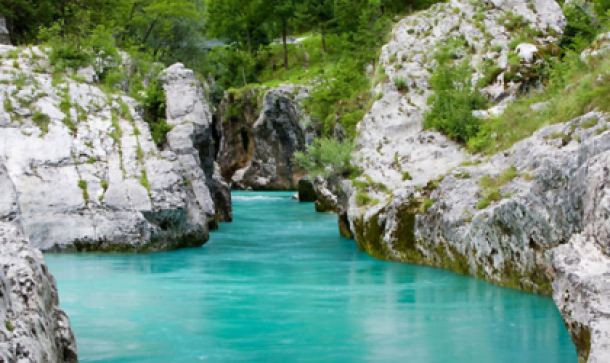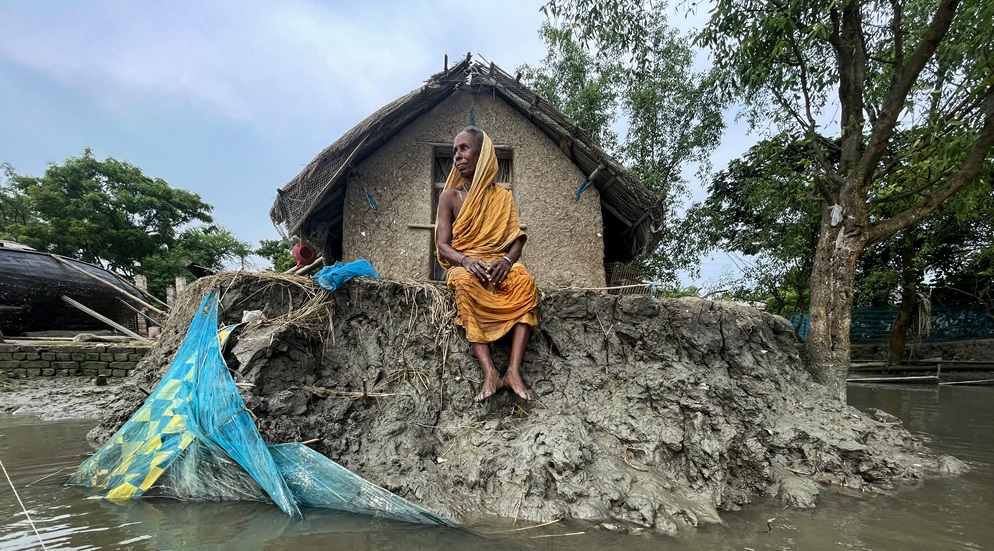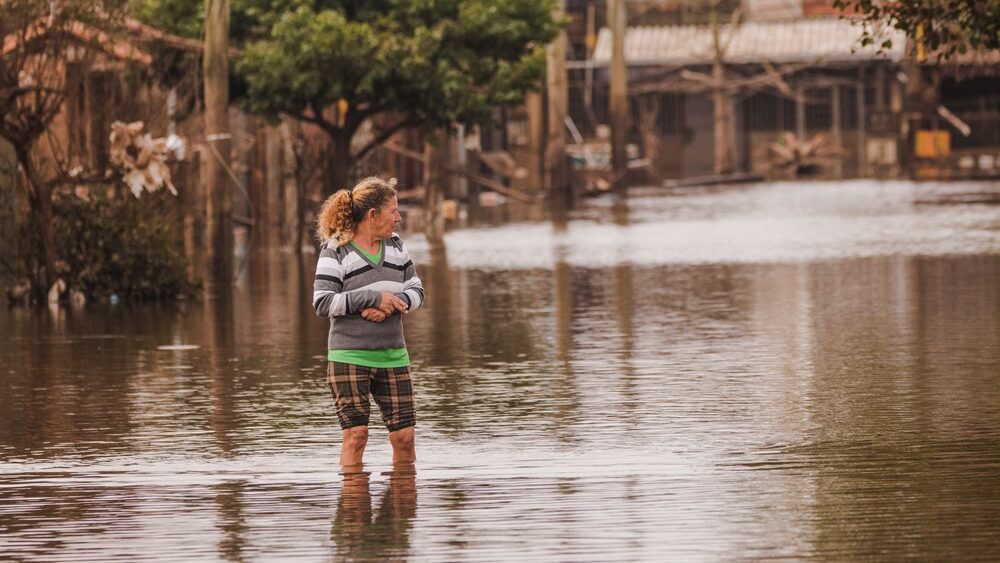Statement by Prof. Walter Kaelin, Envoy of the Chair of the Platform on Disaster Displacement on the occasion of the World Meteorological Organization (WMO) event on “Water and Displacement”
6 December 2021
Chairperson, ladies and gentlemen,
After an extended period of drought in Southern Angola, nearly 900 Angolan citizens – mostly children, mothers with babies, and older people – arrived in Northern Namibia in March of this year. Many were suffering from malnutrition. Local communities and the Namibia Red Cross Society provided assistance while the government of Namibia engaged with Angolan authorities to explore possibilities for return once the drought would be over.
In January 2015, Cyclone Chedza triggered severe flooding which prompted displacement in both directions across the border between Malawi and Mozambique. The two governments closely cooperated to assist their respective citizens on the other side of the border until the waters receded, allowing them to return.
In the not-too-distant future, citizens of low-lying atoll island states in the Pacific and elsewhere may seek refuge abroad as rising sea levels make their own country uninhabitable.
The very large majority of people displaced in such contexts remain within their country as internally displaced persons (IDPs). However, as these examples show, water-related sudden- and slow-onset disasters may also trigger cross-border displacement. In the following, I would like to address three questions: Under what circumstances are people displaced in water-related contexts? When do they experience cross-border displacement? And what legal and policy instruments do we have at our disposal to address such displacement?
First, people are displaced when they are exposed to a hazard and are too vulnerable or otherwise lack the capacity to withstand the impacts of the hazard and cope with damages caused by it. It is thus the interaction between the three elements of hazard, exposure, and socio-economic vulnerability that trigger displacement. Displacement in the context of disasters and climate change thus is always multicausal. In this equation, water creates hazards that trigger disasters and force people to leave their homes. In the case of floods and droughts, water becomes a hazard when there is too much or too little of it. When there is heavy rainfall, it comes from above; when sea levels rise, it comes from below.
Second, displaced people move across borders if this is the only way to save their lives. As Cyclone Chedza illustrates, sometimes the only routes to escape rising waters are those leading to a neighbouring country. The so called “sinking island” scenario is another example when relocating to other countries may become a life-saving measure. Cross-border displacement may also occur where – as illustrated in the Angolan example – necessary assistance cannot be reached or obtained in the country of origin.
Third, several legal and policy tools to protect people displaced across borders in the context of disasters and adverse effects of climate change already exist. Refugee law applies where in disaster contexts action or inaction of authorities amounts to persecution or where a disaster interacts with armed conflict. However, the number of such cases is limited. Most instances of disaster-related cross-border displacement resemble the three examples above where the protection offered by refugee law clearly does not apply. What, then, are other instruments to secure access for disaster-displaced persons to other countries?
First, there is domestic law. In the Americas, many immigration laws provide that people affected by disasters may be admitted and allowed to stay temporarily for humanitarian reasons. Guatemala and Mexico, explicitly provide for humanitarian visa and entry permits to people affected by disasters. Argentina grants entry and temporary protection to persons who are not refugees but “temporarily cannot return to their countries of origin by reason of the prevailing humanitarian conditions or due to the consequences generated by natural or man-made environmental disasters.” Most other countries in Central and South America have similar legal provisions. However, due to the discretionary power of immigration authorities, their use is often unpredictable. To harmonize their practices, Central and South American countries adopted guidance on the admission and protection of persons displaced across borders. Another tool for admission and stay is the creation of pathways and quota for temporary, circular, or permanent migration as they exist to some (limited) extent in the Pacific region. The 2018 Global Compact on Migration, more generally, calls for enhancing the availability and flexibility of pathways for regular migration for people affected by disasters in their country of origin.
Second, agreements on the free movement of persons, while serving economic purposes, may allow disaster-affected people to cross borders in search of safety or, if assistance is not available in their country of origin, of economic opportunities. In the drought-affected Horn of Africa, IGAD recently adopted a protocol on the free movement of persons which specifically provides that citizens of its Member States are allowed to cross borders “in anticipation of, during or in the aftermath of disaster”, and obligates member states to take measures facilitating extended stay as long as return to the country of origin “is not possible or reasonable”. This is a breakthrough which might inspire other regional developments.
Finally, there are important developments in the area of human rights law. In the Teitiota case, the UN Human Rights Committee recognized that adverse effects of climate change may lead to life-threatening living conditions in affected countries and concluded that in such cases deporting an individual to such a country would violate the right to life. While such conditions did not exist in the specific case of a citizen of Kiribati who opposed his deportation from New Zealand, the decision is also important for cases of sudden-onset disasters.
These developments are encouraging. However, they remain somewhat isolated examples that have not yet reached the level of a global protection regime. In other words: Much remains to be done to ensure that people displaced across borders can be confident of being welcomed and allowed to stay in other countries, regardless of where disasters and the negative impacts of climate change force them to leave their homes and seek protection abroad.





